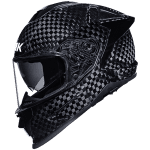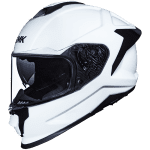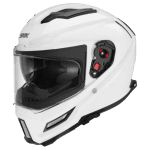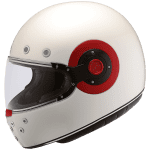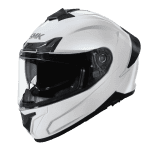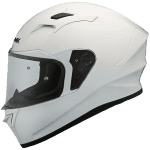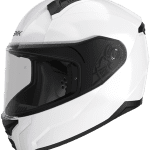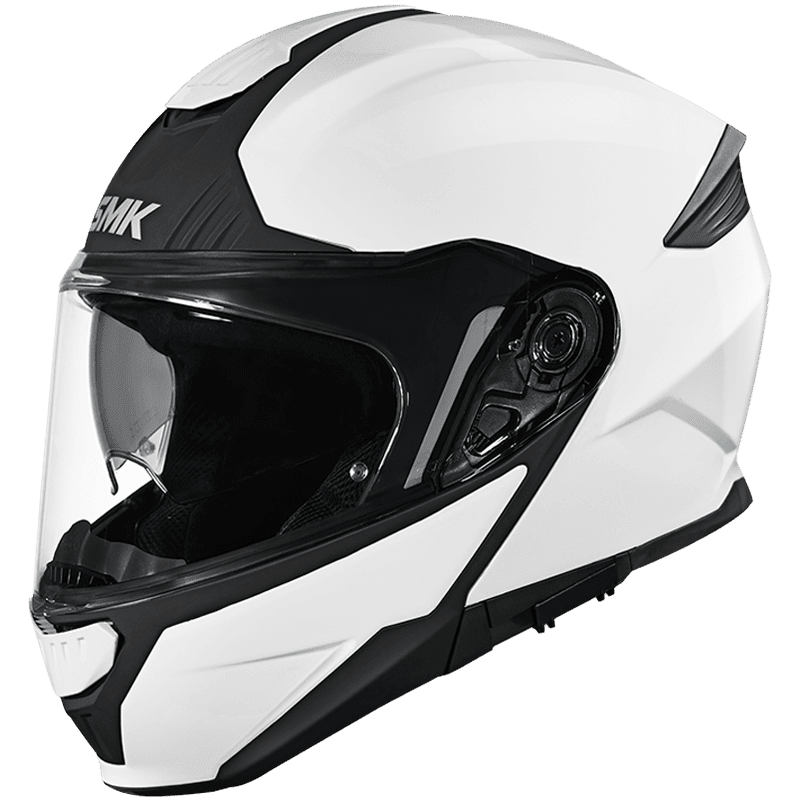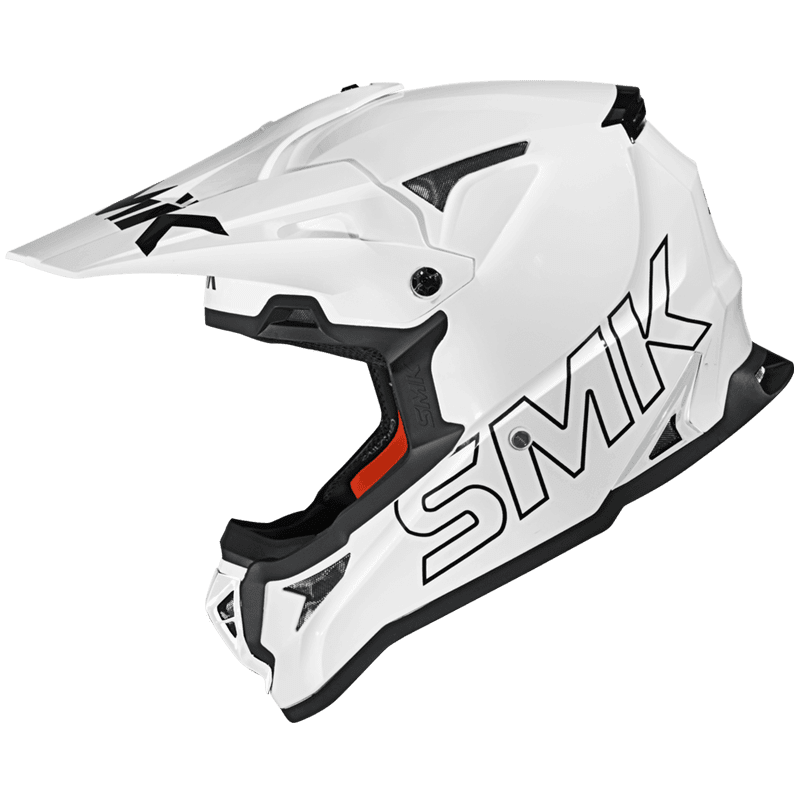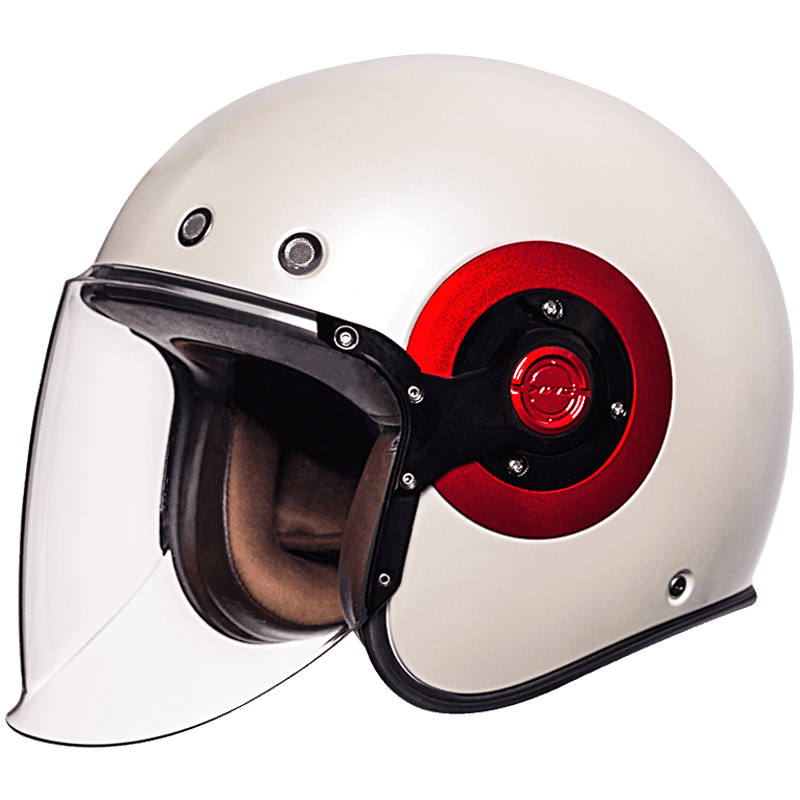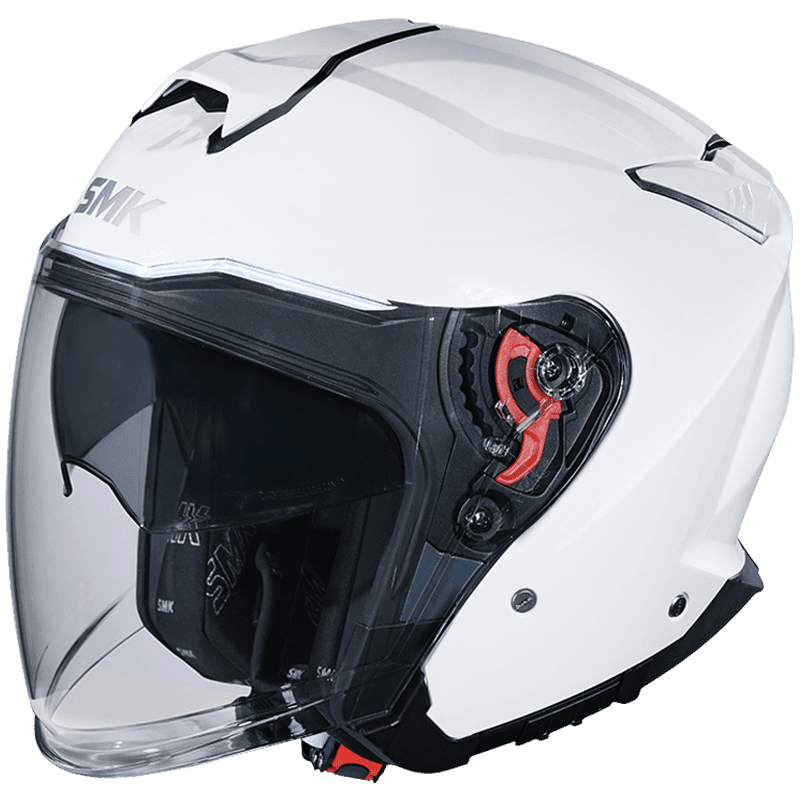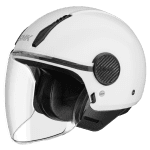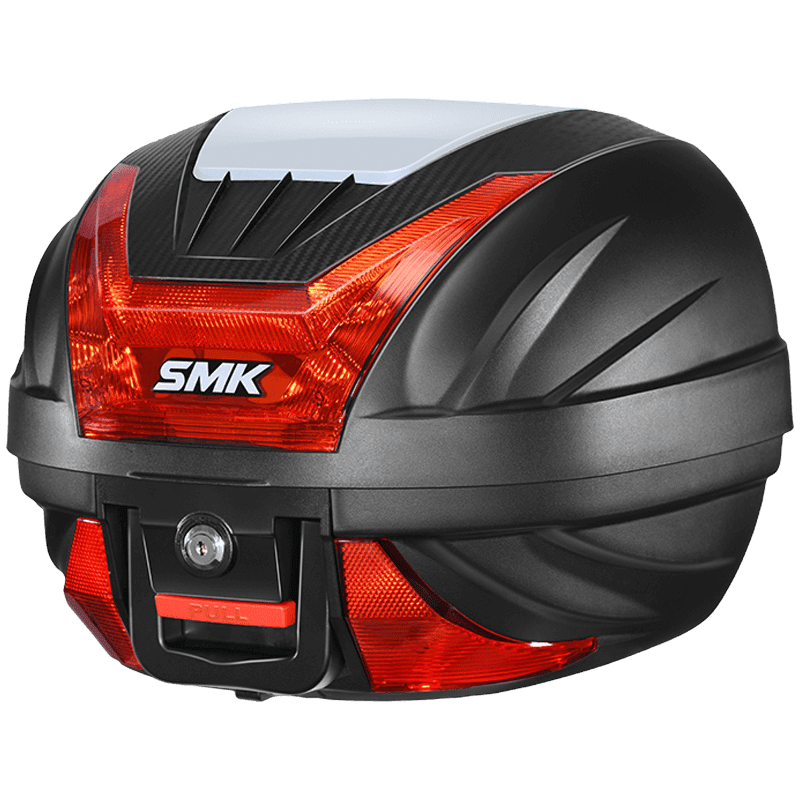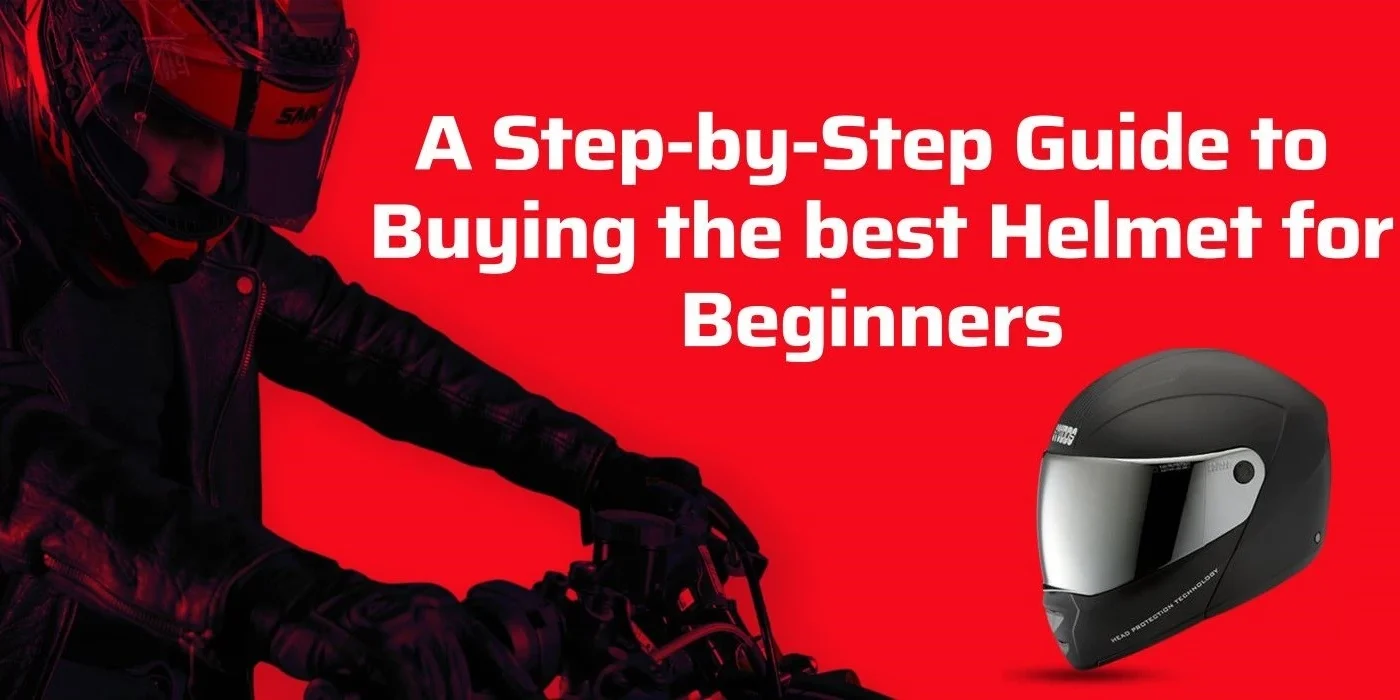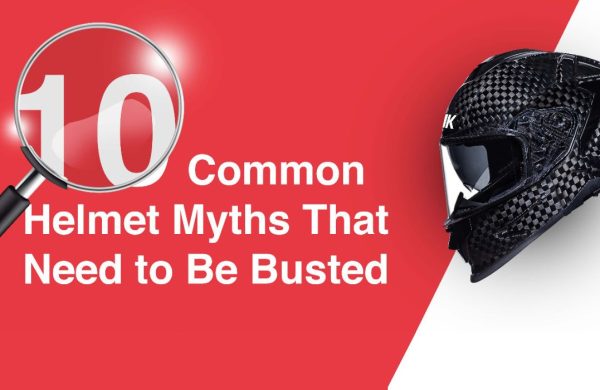Introduction
Safety and protection are an indispensable part of driving a vehicle, be it a four-wheeler or a two-wheeler. But unlike cars, which come equipped with seat belts, airbags, and other safety features, bikes offer little in terms of built-in protection. That’s why your helmet is more than just an accessory—it’s your most important piece of safety gear. But with so many options out there in the market, picking the right helmet can feel like a daunting task, especially if you’re new to riding. Worry not! This guide will walk you through the most essential steps to finding the best helmet, from understanding why it’s important to knowing exactly what to look for. So, brace yourself up for the most exciting bike ride while we will get you your perfect riding buddy.
Why is it Essential to get the Right Helmet?
Riding a bike offers a convenient way to get around, but the unpredictability of the roads can sometimes make it a risky endeavour. To maintain safety while riding, it’s essential to adhere to specific guidelines and precautions. One of the key safety measures for any motorcyclist is wearing a helmet, which serves as a vital protection against any potential hazards. However, wearing the right helmet shall not just be a legal requirement but a critical measure for your safety on the road. It serves several purposes which are mentioned below.
-
The First Line of Defence
Think of your helmet as a protective shield. In the unfortunate event of an accident, a good helmet is designed to take the hit, reducing the risk of serious head injuries like concussions or brain trauma. But that’s not all! A helmet also shields you from wind, rain, and even those annoying bugs that seem determined to fly straight into your face. It’s not just about safety; it’s about a smoother, more enjoyable ride.
-
More Comfort, Less Distraction
Let’s be real—a helmet that doesn’t fit right can turn a great ride into a miserable one. The wrong helmet can feel too tight, too loose, or just plain uncomfortable, which means you’ll be fidgeting with it instead of focusing on the road. Choosing a helmet that fits well ensures you’re not only safe but also comfortable enough to enjoy the journey.
-
Peace of Mind and Legal Compliance
In India, wearing a helmet isn’t just smart—it’s the law. The right helmet means you’re not only protecting yourself but also avoiding potential fines and penalties. Plus, knowing you’ve made a smart, safe choice gives you peace of mind every time you hit the road.
Factors to Consider
Several factors are to be considered before making the purchase of your helmet. The first thing obviously is to check how well it fits. The helmet should make you feel comfortable while giving you the best protection. It’s also crucial to make sure the helmet has the right safety certification. This tells you if it meets the required safety rules or not. Moreover, you’ll also want to look at the visor. A clear one helps you see better while riding. Furthermore, how well the helmet breathes and how much it weighs can create a big difference in how comfortable you feel. These factors have an impact on your overall riding experience. Let’s talk in more detail about the points to keep in mind before buying your first helmet.
-
Understanding Helmet Types
Helmets come in various types, each designed for different needs. Understanding the basic helmet types should be the first step for new bikers.
- Full-Face Helmets: These offer the highest level of protection with full coverage, including the chin and face. They’re ideal for riders who prioritize safety and don’t mind a bit less ventilation.
- Modular Helmets: Combining features of both full-face and open-face helmets, modular helmets are versatile and offer the convenience of flipping up the chin bar when needed.
- Open-Face Helmets: These helmets provide excellent visibility and a classic look but offer less protection compared to full-face helmets.
- Dual-Sport Helmets: Perfect for those who ride both on and off-road, these helmets offer a mix of features suited for varied terrains.
-
Understanding Size and Fit
A well-fitted helmet is extremely crucial for safety. Here’s how to find a perfect fit helmet:
- Measure Your Head: Use a tape measure to find the circumference of your head, about an inch above your eyebrows.
- Try Different Sizes: Helmets should fit snugly without being too tight. They should sit comfortably on your forehead without shifting or rocking.
- Adjustments: Most helmets come with adjustable straps and padding. Make sure these adjustments are tailored to fit your head shape perfectly.
-
Helmet Safety Certification
One of the most important aspects while getting the best helmet is to ensure that it is certified from local regulatory bodies. For an instance, certifications like DOT (Department of Transportation) in the USA and ECE (Economic Commission for Europe) in Europe indicate that the helmet has passed rigorous safety tests to protect the rider in the event of an accident. These certifications assess impact resistance, penetration protection, and retention system effectiveness. To get certified, helmets go through testing, analysis, and the authorities inspect the factories that make them. Hence, always opt for helmets with recognized safety certifications for guaranteed protection.
-
Helmet Shell and Materials
While picking the right helmet, pay attention to what the shell and liner are made of. The materials used in your helmet’s construction play a significant role in its effectiveness:
- Shell Materials: Choose helmets made from durable materials like polycarbonate, fiberglass, or carbon fibre. These materials offer superior impact resistance.
- Inner Liner: Look for EPS (Expanded Polystyrene) foam liners, which are designed to absorb shocks. Thicker, denser foam provides better protection.
-
Comfort Features
Comfort features make a big difference in your riding experience. So, a comfortable helmet must include these:
- Ventilation: Proper airflow prevents overheating and fogging. Look for helmets with adjustable vents.
- Inner Lining: The inner lining should be soft, hypoallergenic, and removable for easy washing.
- Fit Adjustments: Adjustable straps and quick-release buckles add convenience and ensure a secure fit.
-
Visibility Features
Your visibility on the road is extremely important to ensure safety. Choose helmets with:
- Bright Colours: Helmets in vibrant colours like yellow, orange, or white are more noticeable.
- Reflective Elements: Reflective strips improve visibility during low-light conditions.
- Effective Visors: A clear visor for daytime and an anti-fog visor for variable weather conditions are essential for maintaining good visibility. Here is a comprehensive guide to choosing the best visor for your motorcycle helmet.
-
Styling Elements
Always remember that helmet styling should complement your bike and personality without compromising any safety measures. So, opt for designs that match your riding style, whether it’s a sleek aerodynamic look for speed enthusiasts or a rugged, adventure-ready aesthetic but don’t forget to prioritize quality and comfort of the helmet.
-
Right Accessories for the Right Helmet
Go for the right helmet accessories which would enhance safety and comfort. You can enhance your helmet’s functionality with these accessories:
- Breath Deflector: Helps reduce visor fogging from exhaled air.
- Helmet Lock: Secures your helmet when it’s not in use, preventing theft.
- Antifog Film: Use an antifog film to improve visibility during foggy conditions.
- Coloured Visor: Different types of coloured visors can be used to improve visibility in various lighting conditions. For example, on a bright sunny day, a tinted visor might be effective.
When shall the Helmet be Replaced?
Even the most premium helmet has a certain lifespan so knowing when to replace your helmet to keep you safe is key. The typical life span of a helmet is five to seven years, and the protective capabilities will reduce over time, regardless of any visible damage. There are several factors that can decrease the life of your helmet including excessive wear, prolonged exposure to extreme temperatures and even a poor fit. Remember that any impact to the helmet, even dropping your helmet off the handlebars or a small accident, will compromise the safety of the helmet. While replacing or purchasing a new helmet make sure you go for the right one. The above details will help you find your perfect helmet!
Conclusion
Choosing the right helmet is more than just a shopping decision—it’s a pivotal step in ensuring your safety and enhancing your riding experience. From understanding helmet types to checking for the perfect fit and safety certifications, every detail matters in protecting yourself on the road. As you embark on your riding journey, take time to select a helmet that not only meets safety standards but also suits your personal style and preferences. By prioritizing quality, fit, and functionality, you’ll be investing in a safer, more enjoyable riding experience for yourself. Happy Riding!

